Burnt fragments of wood and stained glass are all that remain after the fire destroyed Crouch Memorial Church of God in Christ in West Adams. Today, construction workers sawed off what was left of the roofless structure. The Los Angeles Fire Department continued its evaluation of Tuesday’s fire that injured three firefighters. Chief Flegal of the Battalion 1 unit revisited the scene today.
To hear observations from Flegal and other onlookers, listen to an audio story from Annenberg Radio News:









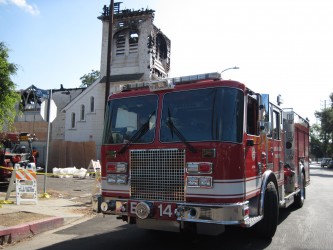
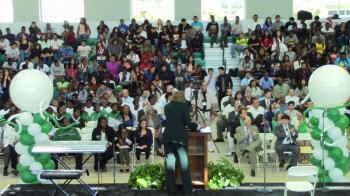
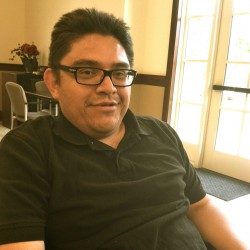

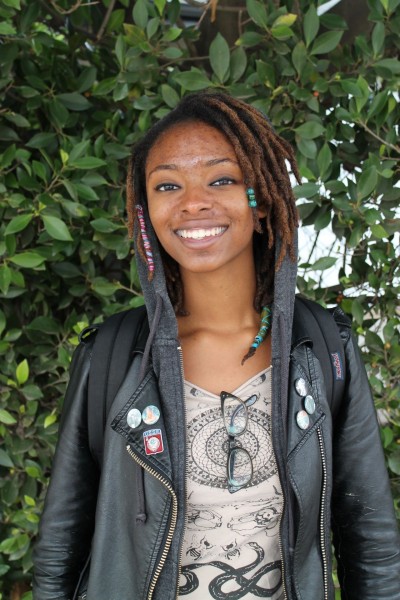
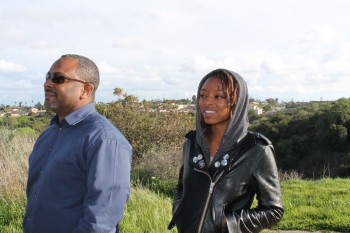
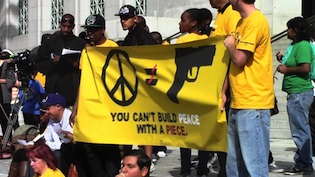
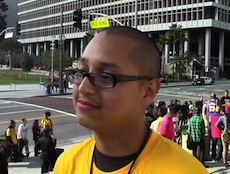
 Racial playing field is unlevel for college students of color, according to Hutchinson.
Racial playing field is unlevel for college students of color, according to Hutchinson.




